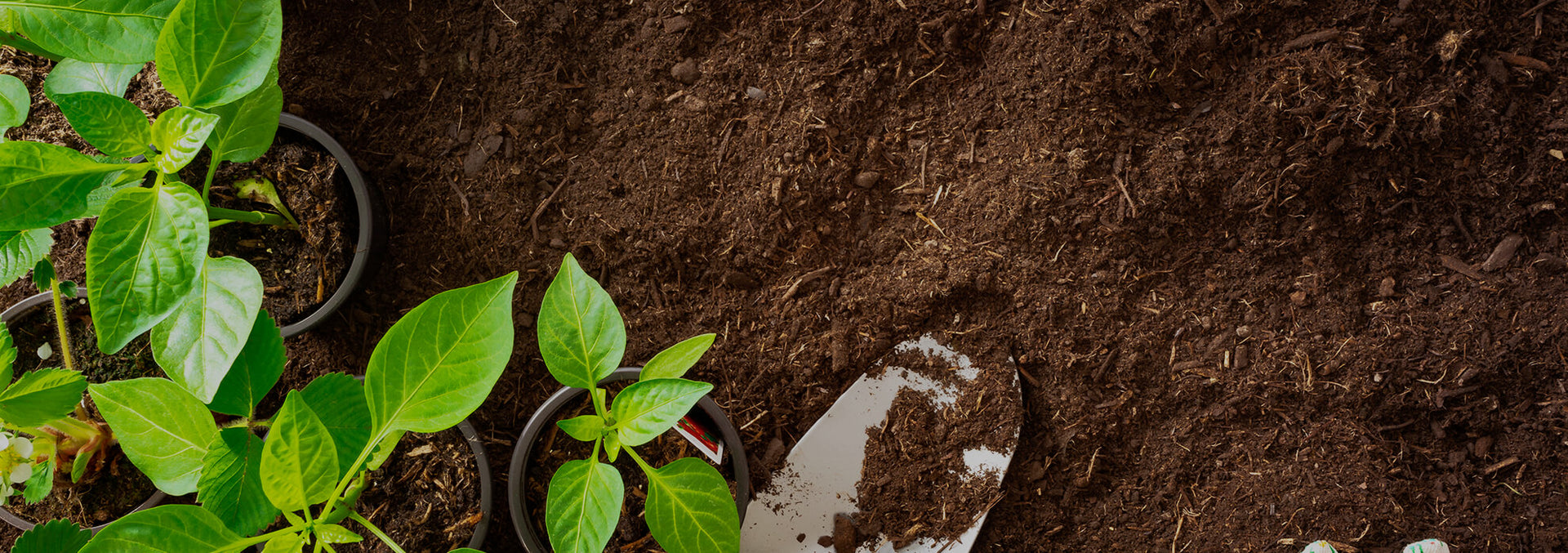April 29, 2013
Who are the Superheroes of the Soil?
Improving soil is always the number one way to increase healthy growth in all types of plants, from gorgeous flowers to trees and shrubs to every type of food we eat. Healthy, fertile soil is the lifeline to growing healthy plants. The organisms that live in the soil make it all possible! They regulate nutrient availability, change soil texture, and repel and kill harmful pathogens, insects and other pests. How do they do it? While biologists are still just beginning to understand these amazing creatures, we do know one thing: They are the SUPERHEROES OF THE SOIL! [jnb_infographic id="1842" size="full"] Check out our latest infographic on soil superheroes. It illustrates how powerful these beneficial organisms can really be. Just like real superheroes, they strangle, lasso and envelope “bad guys” to keep harmful creatures OUT of your soil! They will save your soil!
- They fight pests and disease!
- They give nutrients to plants!
- They are unselfish, hard workers!
- They are natural forces of goodness!
One of the key factors in this process is communication. Soil microbes talk to each other AND to plants and the plants talk back. AMAZING but true!! They do this by using a chemical language that lets each bacteria species coordinate defense and strategically mount attacks. This communication enables soil bacteria to execute sophisticated tasks such as dealing with antibiotic production and secretion of repellents. Furthermore, one study found that plants are in on the talkfest with their microbial partners. Plants use underground mycorrhizal (beneficial fungi) networks to eavesdrop on defense signals coming from nearby infected plants, allowing them to increase their defenses and improve resistance to disease. The mycorrhizal network extends from one set of plant roots to another so that the network of fungal mycelia acts like telephone wires, allowing the plants to communicate underground. Plant biologists are only beginning to scratch the surface of the often surprising ways that soil microbes impact plants, from underground fungus-wired alarm systems to soil bacteria that can trigger defensive plant behavior or even act as a sort of vaccine. They are miracle workers. They are communicating. They are hard workers. They are unselfish. They are natural forces of goodness. Let’s empower them to prevent and defeat pests and disease! Learn more about
beneficial soil microbes here. Learn more about the
products that increase soil life
here! Here are some more details on these amazing creatures:
What Are They and What Do They Do? Bacteria Usually one-celled
Size: 1 um (0.001 mm.
Diet: Organic matter, especially simple carbon compounds.
Typical amount in soil: 100 million to 1 billion in a teaspoon.
What they do:
- Decompose organic matter
- Immobilize nutrients in the rooting zone
- Fix nitrogen from air
- Convert ammonium to nitrate and nitrate to nitrogen gasses
- Create substances that help bind soil aggregates
Fungi Grow in long filaments called hyphae.
Size: A few um wide; yards or miles long.
Diet: Organic matter, especially simple carbon compounds; living plants.
Typical amount in soil: Several yards in a teaspoon.
What they do:
- Decompose organic matter
- Immobilize nutrients in the rooting zone
- Mycorrhizal fungi form mutually beneficial associations with roots
- Release acids that help make phosphorus more available to plants
- Help stabilize soil aggregates
Protozoa One-celled animals
Size: 5-500 um.
Diet: Bacteria, primarily.
Typical amount in soil: Several thousand in a teaspoon.
What they do:
- Stimulate and control growth of bacteria
- Release ammonium
Nematodes Roundworms (not like earthworms)
Size: 50 um wide, 1 mm long.
Diet: Bacteria, fungi, protozoa, other nematodes, roots.
Typical amount in soil: 10-20 in a teaspoon.
What they do:
- Control many disease-causing organisms
- Release ammonium
Arthropods Include insects, mites, spiders, springtails, & millipedes
Size: Microscopic to inches.
Diet: All other organisms.
Typical amount in soil: Several hundred in a cubic foot.
What they do:
- Shred plant residue, making it more accessible to bacteria and fungi
- Enhance soil structure by creating fecal pellets and by burrowing
- Control populations of other organisms
Earthworms Size: Inch or more long.
Diet: Bacteria, fungi and organic matter.
Typical amount in soil: 5-30 in a cubic foot.
What they do:
- Shred plant residue
- Enhance soil structure by burrowing, mixing, and creating fecal pellets
- Transport and stimulate growth of bacteria
